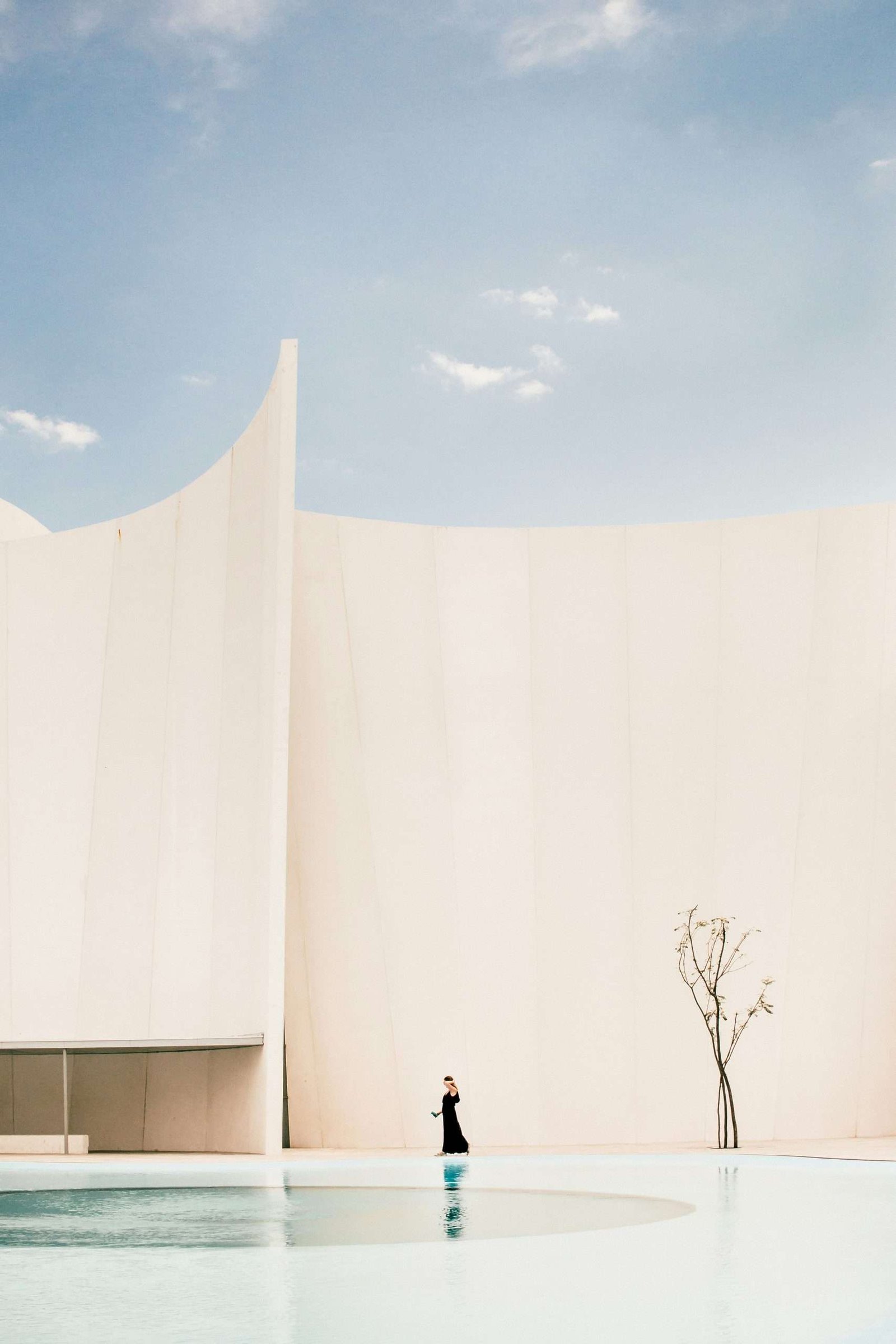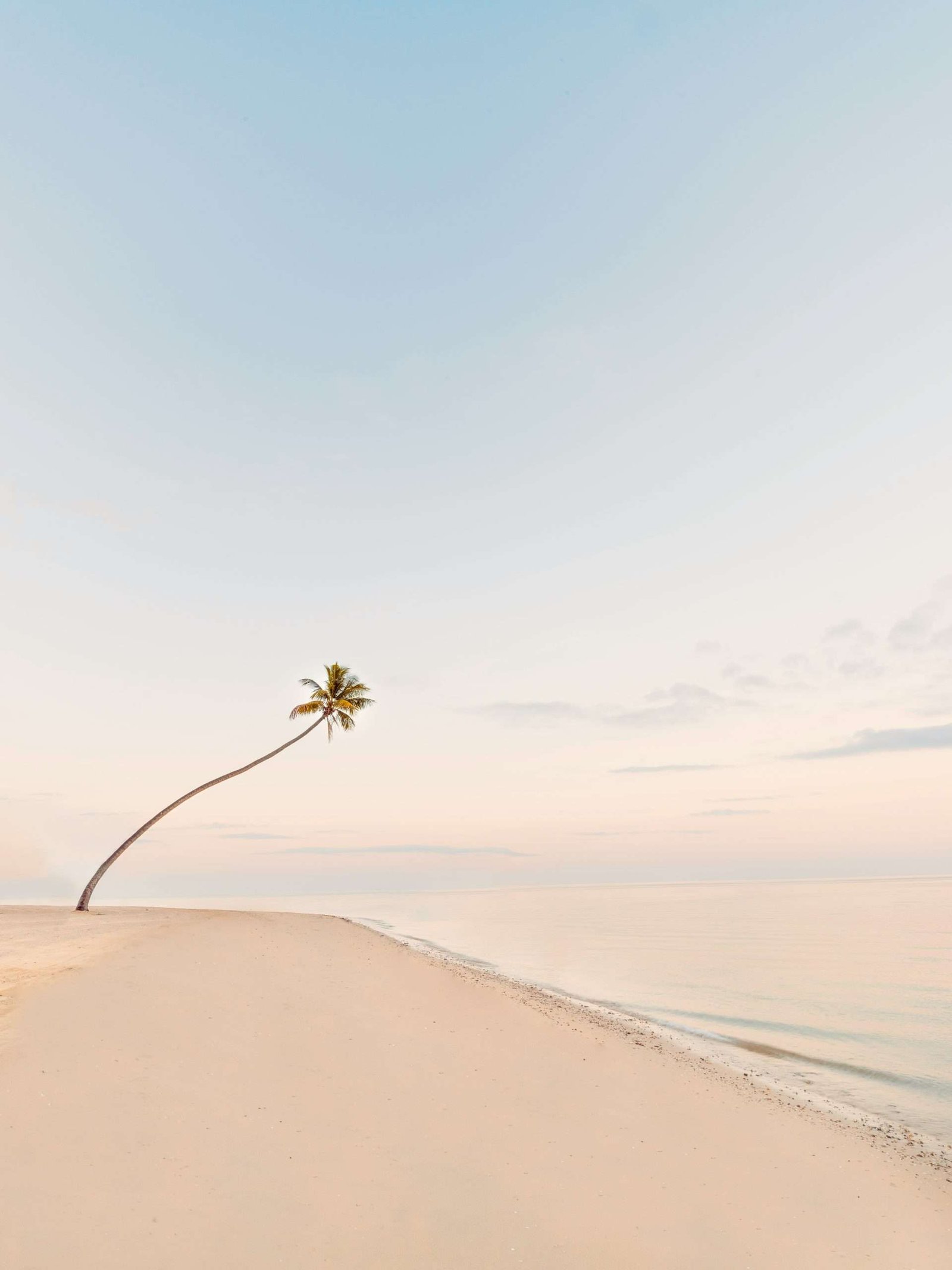Luxury is now facing a complex evolution in elegance, once defined by excess and extravagance, and has undergone a radical transformation in recent years. No longer bound by the accumulation of wealth or possessions, luxury has shifted towards experiences, creativity, and a deeper connection with people and the environment. In this new paradigm, simplicity is the epitome of refinement and sophistication. However, this simplicity is far from basic, it is layered with meaning, intention, and complexity. It represents a return to the essentials, but with a modern twist that embraces timelessness, indulgence, creativity, inclusivity, and sustainability.
PART I – THE PARADOX OF SIMPLICITY
In its essence, simplicity seems straightforward, but it carries profound complexity in the context of luxury. Achieving true simplicity requires eliminating distractions and focusing on what matters. It is about the art of editing, and curating one’s surroundings, choices, and experiences with intentionality and care. The paradox lies in the fact that creating simplicity often demands more effort, more thought, and more expertise.
Luxury, in its simplest form, is about removing the superfluous to reveal the extraordinary. This doesn’t mean stripping away comfort or indulgence, rather, it’s about understanding that excess can dilute the richness of experience. Today, the highest form of luxury lies in the art of minimalism, having less but experiencing more. This new luxury embraces silence, space, and the beauty of the essentials, providing room for contemplation and deep appreciation of the finer details.
PART II – TIMELESS EXPERIENCES
One of the most significant shifts in modern luxury is the revaluation of time. In an age where speed and immediacy dominate, the opportunity to slow down and to be present has become the ultimate indulgence. Luxury travel, for instance, is no longer about ticking off famous destinations or indulging in extravagant amenities. Instead, it’s about seeking out meaningful, immersive experiences that offer a connection to culture, history, and nature.
The new sophisticated traveller focuses on authenticity, an unhurried pace in which to savour each moment. Whether it’s spending a week at a secluded, eco-friendly retreat or participating in a hands-on cultural exchange, these experiences are timeless because they transcend the here and now. They offer something enduring, a sense of place and memory that lasts long after the journey ends. In this sense, luxury becomes about the quality of moments, not the quantity of things. These experiences also tap into the emotional and intellectual aspects of new travelers focusing on immersive moments. They are curated with a deep understanding of what makes a moment unforgettable: the interplay of sight, sound, scent, and touch. They stimulate all the senses, but in a way that feels organic rather than orchestrated.
PART III – INDULGENT DEVOTION: THE ART OF UNDERSTATED OPULENCE
Simplicity in luxury does not equate to austerity, it’s about a new kind of indulgence, one that is rooted in devotion to craftsmanship and the pursuit of excellence. Whether it’s a Michelin-starred chef perfecting a single dish or a master artisan weaving a bespoke tapestry, the luxury of today is defined by a commitment to detail and an almost obsessive devotion to craft. This indulgent simplicity manifests in the meticulous care behind each creation. Rather than mass production or fleeting trends, it is the patience and skill that go into each item or experience that makes it luxurious. A single handcrafted object, with its imperfections and individuality, can carry more value and meaning than an entire collection of mass-produced goods.
This focus on process rather than outcome shifts the narrative of luxury from one of consumption to one of appreciation. It encourages travellers to cherish the story behind the object or experience, to connect with its origins, and to indulge in its rarity and authenticity.
PART IV – CREATIVITY: REIMAGINING LUXURY
In the modern luxury landscape, creativity is no longer just a feature, it is a necessity. Today’s luxury consumers are not looking for cookie-cutter experiences or products; they want something that speaks to their individuality. Creativity has become the new currency of luxury, where personalization, originality, and innovation define the experience. Whether it’s a custom-tailored travel itinerary that includes secret, off-the-beaten-path destinations or a piece of art that has been created specifically for its owner, luxury now involves a collaborative process between creator and consumer. This creative exchange elevates the experience to something far beyond mere acquisition; it becomes an intimate act of expression.
Moreover, creativity in luxury is about reimagining traditional forms and materials in fresh and unexpected ways. It’s about infusing modern innovation with a deep respect for heritage and craft.
“The highest form of luxury lies in the art of minimalism—having less but experiencing more.”
“Creativity has become the new currency of luxury, where personalization, originality, and innovation define the experience.”
PART V – INCLUSIVITY: THE DEMOCRATISATION OF LUXURY
One of the most profound changes in the modern luxury landscape is the movement toward inclusivity. Luxury is no longer the exclusive domain of a privileged few. Brands are increasingly recognizing that luxury experiences should be available to a wider audience, without sacrificing quality or craftsmanship. Inclusivity in luxury isn’t just about price points; it’s about accessibility in design, experience, and storytelling.
The democratization of luxury has made it more human. It’s about understanding that indulgence and excellence can be experienced in different ways, by different people. Inclusive luxury embraces diversity and reflects the broader values of the global community. This shift has also been accompanied by a greater focus on cultural sensitivity, as luxury brands seek to honour and celebrate the local traditions and environments they operate in, rather than exploit them.
PART VI – SUSTAINABILITY: THE RESPONSIBILITY
As consumers become more conscious of their environmental impact, sustainability has emerged as a non-negotiable aspect of modern luxury. The traditional view of luxury, often associated with excess and waste, is being replaced by a new ethic: that true luxury should have a minimal impact on the planet. Sustainability in luxury is about thoughtful consumption, where each choice is made with the future in mind. Brands are embracing sustainable practices across the board, from eco-friendly materials to carbon-neutral production processes. Hotels are incorporating green building techniques, fashion brands are committing to zero-waste production, and travellers are seeking out destinations that prioritise environmental stewardship.
Sustainability also adds a layer of complexity to luxury; it challenges creators to innovate, finding ways to marry elegance with eco-consciousness. This challenge, however, has led to some of the most exciting developments in the luxury space—new materials, new technologies, and new ways of thinking about what is possible.
THE FINAL ACT – THE FUTURE OF LUXURY: SIMPLICITY WITH DEPTH
As we look towards the future, it’s clear that simplicity, in all its complexity, will continue to define luxury. It will be a simplicity infused with meaning, rooted in craft, creativity, and responsibility. Luxury will become less about acquiring and more about experiencing, about finding richness in the essentials, beauty in the everyday, and indulgence in the carefully crafted.
In this new era, luxury is not about standing out for the sake of standing out. It is about finding quiet elegance, where simplicity reveals the profound. This is the future of luxury and the sophistication of the sector—one that is both refined and responsible, creative, inclusive, sustainable, and finally, timeless.











